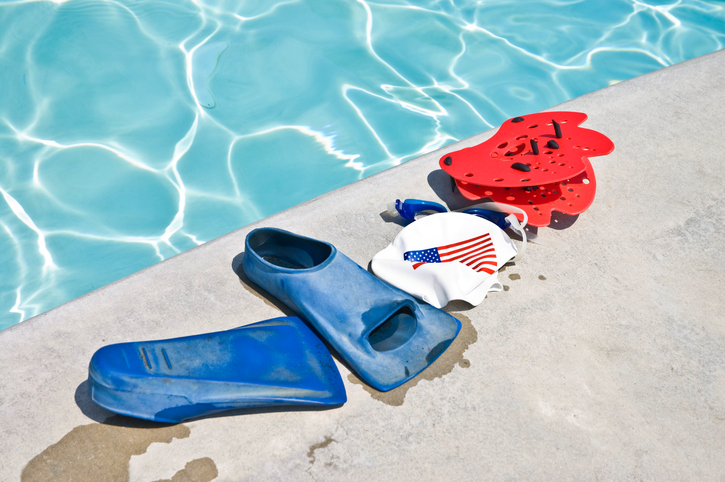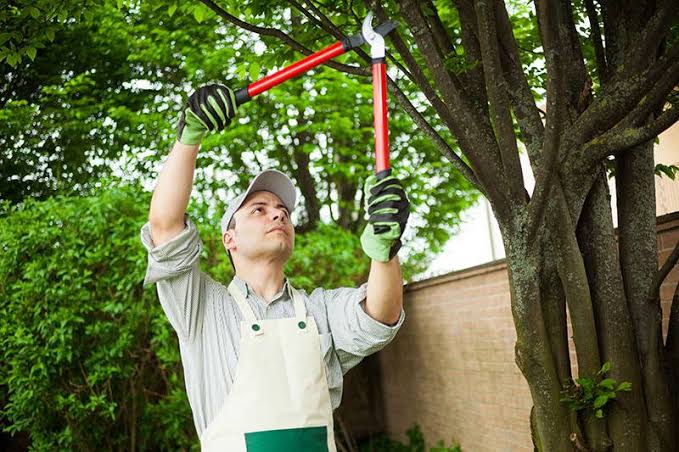Swimming is not just about natural talent—it’s about technique, power, and efficiency. Whether you’re training for a triathlon, competing at the collegiate level, or simply want to swim faster and longer, the right swim training equipment can elevate your performance. With the aid of specialized tools, swimmers can isolate muscle groups, improve technique, and boost both speed and endurance in the water.
In this comprehensive guide, we’ll explore essential swim training equipment, how each tool enhances performance, and tips on incorporating them into your swim routine.
Why Use Swim Training Equipment?
Swimming requires a unique combination of cardiovascular endurance, muscular strength, breath control, and streamlined technique. While practicing laps is important, targeted equipment can help swimmers:
- Improve body position and alignment
- Increase resistance for strength training
- Isolate specific muscle groups
- Enhance kicking and pulling techniques
- Improve stroke efficiency
- Monitor training metrics
By adding these tools to your workouts, you can build muscle memory, correct technique flaws, and break through performance plateaus.
Essential Swim Training Equipment for Speed and Endurance
1. Kickboard
A staple in any swimmer’s gear bag, the kickboard is designed to isolate the lower body and develop leg strength.
Benefits:
- Builds powerful kicks by focusing on leg movement
- Enhances ankle flexibility
- Helps swimmers practice proper body positioning
Training Tip: Use interval kick sets with and without fins to train both fast-twitch and slow-twitch muscle fibers.
2. Pull Buoy
Placed between the thighs, the pull buoy floats your hips and legs, allowing you to focus on arm strokes and upper body strength.
Benefits:
- Encourages proper upper body technique
- Reduces drag and fatigue in the lower body
- Builds endurance through arm-focused sets
Training Tip: Combine with paddles for increased resistance and upper body engagement.
3. Swim Paddles
Swim paddles increase surface area and water resistance, making each stroke more challenging.
Benefits:
- Improves stroke mechanics and muscle memory
- Builds arm, shoulder, and back strength
- Encourages proper hand entry and pull patterns
Caution: Start with smaller paddles to prevent shoulder strain and gradually work your way up.
4. Fins
Fins are excellent for developing ankle flexibility and leg strength, both crucial for an efficient kick.
Benefits:
- Increases kick propulsion and speed
- Enhances hip mobility and ankle flexibility
- Allows for greater body awareness and streamlining
Types:
- Short fins for technique and endurance
- Long fins for power and speed drills
Training Tip: Use fins during sprint sets to reinforce proper technique at high speeds.
5. Snorkel
A front-mounted swim snorkel allows swimmers to focus on technique without worrying about breathing patterns.
Benefits:
- Improves head and body alignment
- Encourages balanced strokes
- Ideal for hypoxic and anaerobic training
Training Tip: Pair with paddles or pull buoy for focused drills without turning to breathe.
6. Resistance Bands and Parachutes
These tools add water drag or tension, forcing you to work harder during each stroke.
Benefits:
- Builds strength and power
- Improves muscular endurance
- Develops explosive starts and turns
Options:
- Resistance cords attach to pool walls or lane ropes
- Swim parachutes trail behind you for added drag
Training Tip: Use resistance tools sparingly to avoid overuse injuries.
7. Tempo Trainer
This metronome-like device helps swimmers maintain consistent rhythm and stroke rate.
Benefits:
- Regulates pacing
- Improves stroke efficiency
- Trains aerobic and anaerobic energy systems
Training Tip: Set tempo for various sets (e.g., threshold or sprint pace) to build endurance at specific intensities.
8. Swim Ankle Bands
These latex or neoprene bands restrict leg movement, forcing swimmers to rely on their upper body for propulsion.
Benefits:
- Strengthens core and upper body
- Promotes streamlined body positioning
- Helps reduce drag
Training Tip: Combine with a pull buoy for stability while maximizing arm power.
9. Drag Shorts or Drag Suits
Designed with mesh or layered fabric, these suits increase water resistance, making workouts more intense.
Benefits:
- Builds overall power and stamina
- Enhances feel for the water when removed
- Great for sprint sets and resistance-based workouts
How to Incorporate Swim Training Equipment into Your Routine
1. Set Goals First
Before integrating equipment, define your goals:
- Need better propulsion? Use paddles and fins.
- Want improved endurance? Add resistance tools and snorkels.
- Trouble with technique? Try a snorkel or tempo trainer.
2. Don’t Overdo It
Swim training equipment is a supplement, not a crutch. Overuse can lead to poor form or injury. Aim for 25–40% of your total workout volume with equipment.
3. Alternate Between Tools
Mix equipment sets with no-equipment laps to apply technique improvements naturally. For example, do a paddle set followed by a normal freestyle set to reinforce proper mechanics.
4. Use Equipment in Specific Sets
Here’s an example breakdown of how you might structure a training session:
| Set | Equipment | Focus |
|---|---|---|
| Warm-up | Snorkel, Fins | Technique, body alignment |
| Main Set 1 | Paddles + Pull Buoy | Arm strength, stroke efficiency |
| Main Set 2 | Drag Suit | Endurance, power |
| Kick Set | Kickboard + Fins | Leg propulsion |
| Cool Down | No equipment | Stroke recovery, easy pace |
Swim Training Equipment for Beginners vs. Advanced Swimmers
Beginners:
Should focus on foundational tools like kickboards, pull buoys, and short fins to build core strength and technique. Tempo trainers and snorkels are excellent for correcting form and balance.
Advanced Swimmers:
Resistance tools, paddles, ankle bands, and drag suits can help athletes push performance limits. These athletes can fine-tune stroke rate, build anaerobic capacity, and simulate race conditions.
Common Mistakes When Using Swim Training Equipment
- Ignoring Technique: Equipment should reinforce—not replace—good form.
- Overreliance: Training exclusively with gear can lead to imbalances.
- Wrong Fit: Ill-fitting paddles or snorkels can hinder performance or cause discomfort.
- Skipping Warm-Up: Jumping into resistance sets without prepping can risk injury.
Gear Up for Success
Incorporating swim training equipment into your workouts can dramatically improve your speed, technique, and endurance. From developing explosive kicks with fins to enhancing upper body strength with paddles and pull buoys, the right gear helps swimmers of all levels achieve their goals more efficiently.
The key lies in understanding which tools target which areas of improvement and using them with purpose and balance. When paired with a consistent training regimen and clear performance objectives, these tools become powerful allies on your journey to becoming a faster, stronger swimmer.
So, dive in, gear up, and make every lap count.






